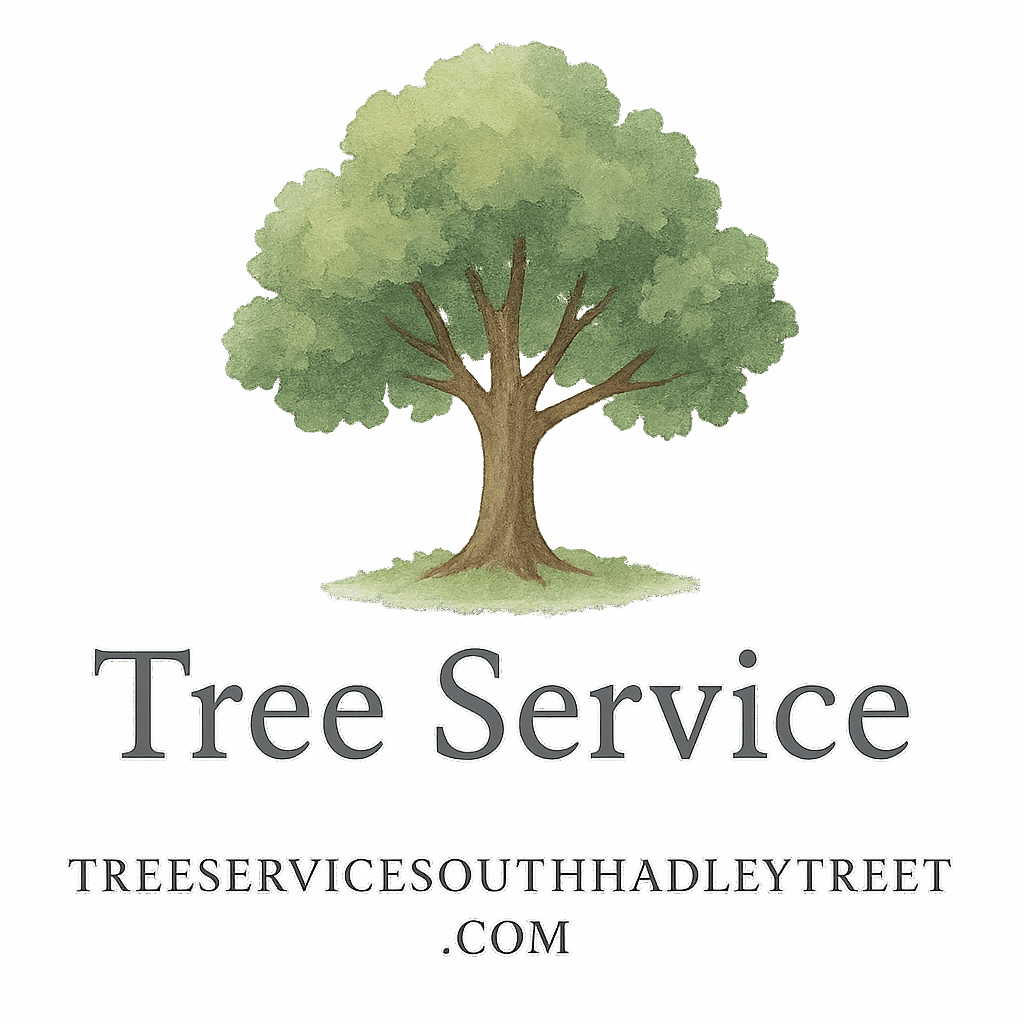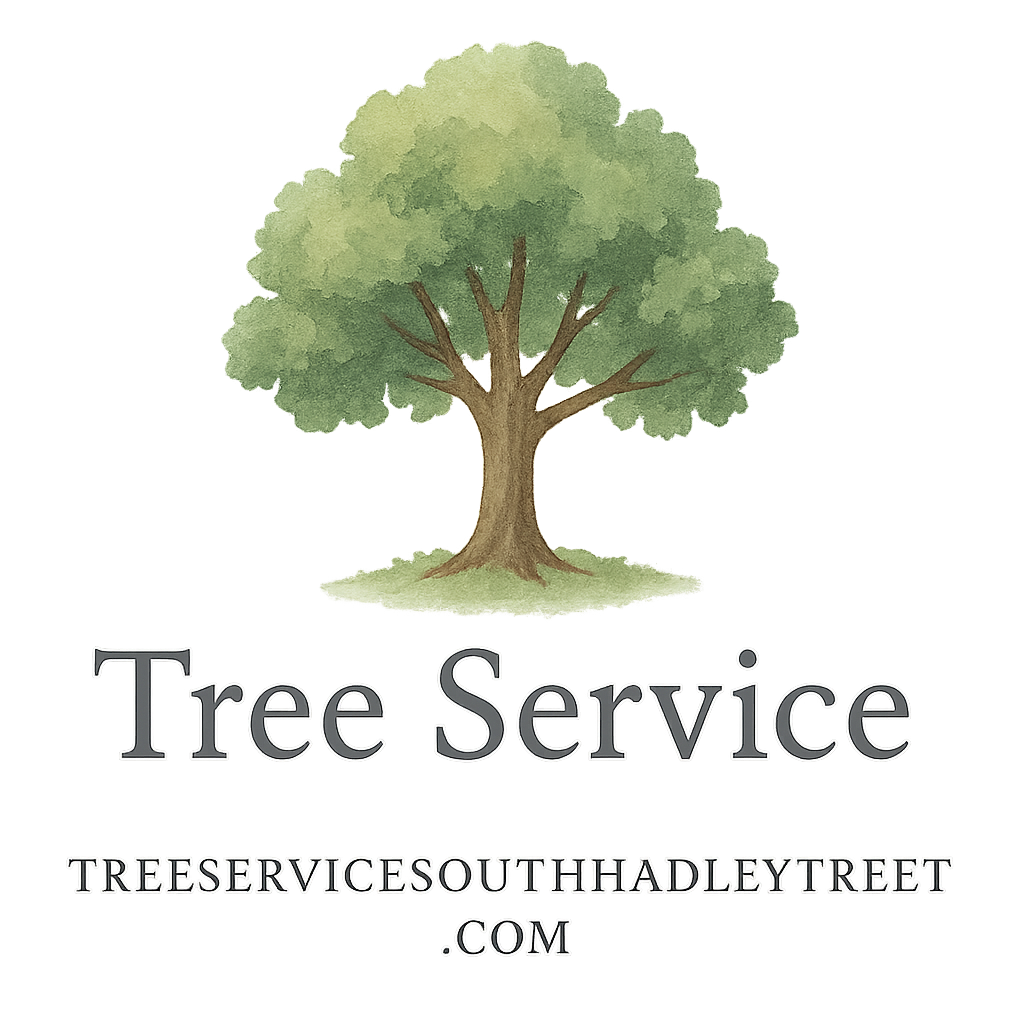Introduction
Thinking about trimming that stubborn branch hanging over your driveway? Hold that saw! Tree service isn’t just about aesthetics — it’s about safety, tree health, and doing the job right. Whether you’re a weekend warrior or just trying to avoid calling a professional, understanding the right way to cut tree branches can save you from injuries, damage, or worse — a dead tree.
Let’s dive into 5 essential tree service guidelines for safe branch cutting. This guide will help you stay safe, keep your trees healthy, and know when it’s time to bring in the experts.
Why Safe Branch Cutting Matters
Safety First: Protecting People and Property
A falling branch is no joke. It can crush cars, take out power lines, and even injure people. Safe branch cutting reduces risk to your home and your loved ones.
Want to learn how to recognize dangerous limbs? Check out our guide to tree health and safety for expert insights.
Encouraging Tree Health
Improper cutting can weaken a tree or expose it to disease. Safe techniques promote healthy growth, reduce stress, and prevent future hazards.
If you’re curious about long-term tree care, this resource on tree service basics is a great place to start.
Guideline #1: Know the Right Time to Cut
Understanding Seasonal Tree Service Needs
Timing is everything. Tree services aren’t a one-size-fits-all job. Different species, climates, and seasons play a big role in when you should trim branches.
Visit our dedicated emergency and seasonal tree service page to understand the impact of storms and weather.
Why Timing Impacts Tree Health
Cutting during the wrong season can stress a tree or invite pests. Dormant seasons, like late winter or early spring, are typically best.
Ideal Seasons for Branch Cutting
- Winter (dormant season): Ideal for most trees.
- Spring: Perfect for shaping.
- Avoid summer/fall unless it’s an emergency.
Don’t forget to explore tips from our seasonal tag archive for more timing tricks.
Guideline #2: Use the Right Tools
Essential Branch Cutting Tools
Using the wrong tool is like cutting steak with a spoon — not smart. Here are the must-haves:
- Pruning shears for small branches
- Loppers for medium branches
- Hand saw or chainsaw for thick limbs
- Pole pruner for hard-to-reach spots
How to Maintain Your Equipment
Dull tools make dirty cuts. Keep blades sharp, clean tools after use, and store them in dry conditions to avoid rust.
Explore the maintenance tag for tips on keeping your gear in shape.
Guideline #3: Understand Which Branches to Cut
Spotting Dangerous or Dead Branches
Look for these signs:
- Dead wood (brittle, no leaves)
- Cracks or splits
- Branches growing downward or crossing others
Visit our signs tag section for more red flags.
What to Avoid Cutting
Don’t cut:
- The main trunk
- Large limbs unless necessary
- During peak growth unless pruning for health
Learn to prevent overcutting by checking our prevention tips.

Guideline #4: Follow Proper Cutting Techniques
Making the Right Cuts
Start with a notch cut on the underside to prevent bark tear. Then, make a clean finish cut just outside the branch collar.
Avoiding Damage to the Tree
Never leave long stubs or cut too close. This weakens the tree and invites disease — a big no-no.
Explore tree diseases and recovery if your tree is already struggling.
Guideline #5: Know When to Call Professionals
Signs You Need Expert Help
- Tree is too tall or near power lines
- Branch is large and heavy
- Signs of disease or structural weakness
If any of these sound familiar, it’s time to consider hiring a pro. Visit our tree removal and trimming service page for trusted help.
Benefits of Hiring Tree Service Pros
Professionals bring:
- Proper safety gear
- Insurance protection
- Experience with complex jobs
Here’s a great breakdown on tree service costs and hiring.
Also check out the hiring tag and professionals tag to guide your choice.
Mistakes to Avoid When Cutting Tree Branches
- Cutting without a plan
- Ignoring branch weight (can split bark)
- Over-pruning
- Using dull tools
- Skipping safety gear
Avoid costly errors with our checklist tag resources.
Safety Gear Checklist for DIY Tree Service
- Helmet with face shield
- Safety glasses
- Gloves
- Long sleeves and pants
- Non-slip boots
- Harness if climbing
Looking for more safety tips? Browse our questions and comparison tags for insights.
The Role of Emergency and Seasonal Tree Services
Storm-damaged trees? Fallen limbs? You don’t want to wait.
Our emergency tag and storm damage insights cover when urgent help is needed.
Tree Cutting Costs: DIY vs. Hiring Experts
Let’s talk budget.
- DIY may seem cheaper but includes tool purchase, gear, and time.
- Professionals offer insurance, cleanup, and peace of mind.
Explore pricing comparisons and quotes to make the best decision.
Conclusion
Cutting tree branches safely isn’t just about grabbing a saw. It’s about knowing when to cut, how to do it right, and when to step aside for the pros. With these five tree service guidelines, you’ll not only keep your yard beautiful but ensure your trees stay healthy and strong for years to come.
Still unsure? Don’t risk it — connect with the pros at Tree Service South Hadley and get expert support right when you need it.
FAQs
1. When is the best time of year to cut tree branches?
Late winter or early spring is ideal, especially when trees are dormant.
2. Can I cut large branches myself?
Only if you’re trained and using the right tools. Otherwise, hire a professional.
3. How do I know if a branch is dangerous?
Look for dead wood, cracks, or limbs hanging over power lines or roofs.
4. What’s the average cost for professional tree cutting?
It varies. Check out this guide on tree service costs to learn more.
5. How can I prevent tree damage after cutting?
Use clean, angled cuts, avoid stubs, and prune during the right season.
6. Should I trim my trees every year?
Not necessarily. Healthy trees may only need trimming every 2–5 years.
7. Where can I get emergency help for a fallen branch?
Visit our emergency tree service page for fast assistance.


